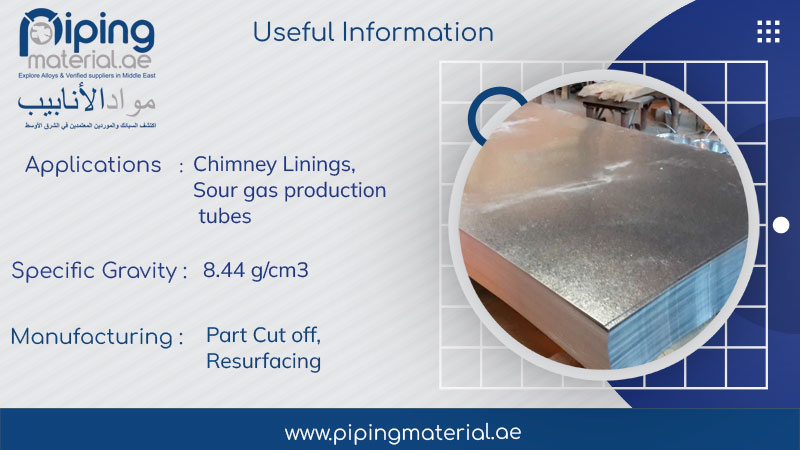Reasons to choose stainless steel pipe
Stainless steel pipe added nickel and chromium chemical elements to improve corrosion resistance in various environments. Commonly used materials are 304/L and 316/L, ASTM A312, A213, A270 and other standards. Stainless Steel 316 Round Bar is central to any construction and industrial use.
What is stainless steel pipe?
Stainless steel pipe is hollow and long steel, and the economic part of the steel has a round shape. Stainless steel pipes and tubes are widely used in petroleum, chemicals, medicine, food, light industry, tools and equipment, structural parts, etc. Also, with the same torsion and anti-moment strength, stainless steel is used for equipment parts and structural projects due to its lightweight.
It is also used to manufacture conventional weapons, artillery, projectiles and others. The manufacturing process can classify it into hot-rolled, extruded, cold-rolled, round, hexagonal, equilateral, octagonal and other special-shaped stainless steel pipes.
- High temperature and generally corrosive
ASTM A312 Standard Specification for Seamless, Welded, and Heavy-Duty Cold-Working Austenitic Stainless Steel Tubes. Stainless steel pipes and tubes are widely used in sulphuric acid storage tanks in the phosphate fertilizer industry.
Phosphoric acid plants with fluorosilicic acid reactors; chlorate crystals in fertilizer production; ventilation systems in pharmaceutical factories; filters, condensers and tubes for solvent recovery; Bleaching and filtering equipment in the pulp and paper industry. Multi-stage flash distillation, multi-effect low-temperature desalination. Seawater condensate for power plants etc.
- Highly resistant to corrosion
The ASME SB677 specification covers UNS N08904 (904L), UNS N08925, and UNS N08926 (Alloy 926) and is for cold- and hot-drawn seamless steel pipe and high-wear steel pipe. Stainless Steel 316 Pipe covers materials for carbon steel, ferritic alloy steel, austenitic stainless steel pipe and seamless pipe and 6% molybdenum alloy pipe.
- Duplex Stainless Steel Pipe
Super duplex tube covers seamless and welded ferritic/austenitic stainless steel pipes for general service. This specification also applies to duplex stainless steel pipe. All pipes in this standard must provide heat treatment under the specified temperature and cooling conditions. If the final heat treatment is carried out in a continuous furnace, or if the heat treatment conditions are obtained directly by quenching after hot forming, the number of pipes of the same size and same heat batch is determined from the specified pipe size.
- Excellent resistance to stress corrosion cracking
ASTM A790 / ASME SA790 is a standard for seamless and welded annealed/austenitic stainless steel pipes. Includes stainless steel duplex tubing material. The bar is primarily designed for ferritic/austenitic longitudinally welded seamless steel pipes and is used for general corrosion service, with particular emphasis on resistance to stress corrosion cracking.
This type of pipe is manufactured through a seamless or automatic welding process without adding filler metal in the welding process. Thermal analysis is performed to determine the percentage of specific chemical elements. Tensile tests, hardness tests, flattening tests, hydrostatic tests and non-destructive tests shall be carried out in accordance with the specified requirements.
- Corrosion resistance of stainless steel pipes and tubes
Corrosion resistance is an essential property of stainless steel pipes. Commonly used steels include ferritic and martensitic steels, mainly produced by adding chromium and produced by heat treatment or annealing. Austenitic stainless steel tubes rich in chromium and nickel are available and provide superior resistance when used under the same conditions as martensitic or ferritic materials.


Comments
Post a Comment